
About negative space, looking 3D and some other things.
By Dirk Dom
I wrote this essay a few years ago, now I translated it to English. I hope you enjoy it.
Negative space is the part of your photograph which isn’t taken in by your subject. It can disturb, or make your photograph stronger instead. It’s really worth paying attention to your negative space, because it can improve your image significantly.
Often, you’re so excited taking a shot, that you completely forget turning the photograph into something beautiful. When you come home, disappointment is bitter: A boring or even disturbing composition, perfectly avoidable junk in your image, etc., etc. I experience this a lot when I’m photographing insects, because, then, I’m on a hunt. Only by paying constant attention, taking the effort and calmly taking my time, I make truly beautiful images.
To bring a beautiful negative space into your images, in the first place you have to learn to look three dimensionally. Look about for the potential in backgrounds before you take the camera to your eye. Can you put an extra element into your image, not sharp, using the rule of thirds? Can you use lines, light/shadow, colors? You should discover all of the above before you raise your camera, because, once you start looking through the lens, your field of view is seriously limited and the looking about stops. Camera angle, image angle of the lens, depth of field and kind of background all give you possibilities to create your negative space.
After you ‘ve discovered negative space with potential, you can start using your camera.
It is useful to go practicing without your camera: search for meaningful lines of sight between subject and background. Effectively go through your knees to observe how the image changes. After a while this will become second nature and you will start to discover a multitude of images. The background is three dimensional: you learn to project it into a 2D image in your mind, without your camera. Take someone along on this camera-less journey and show him/her how you look at things so that beauty maximally emerges and explain why every time. Without a camera this is a very pure and efficient learning process, because you don’t waste time setting up and with the technicalities of photography.
One stage further you’ll discover backgrounds with lots of potential to begin with and then you’ll put in subjects by moving around. Your way of looking then has become fully 3D, you look the way the cone of your lens looks.
You also have to learn to visualize what you want with your depth of field. My opinion is not to long for a maximum depth of field, but to use it for a result which is as beautiful as possible. Close focused wide angle shots will yield great DOF. Your background will be sharp: Then you have to take great effort to find a composition without disturbing elements. The same goes for shots you take with a compact or smart phone: because of the enormous DOF you need to carefully select your background.
You can be extremely selective with depth of field:
Then, you have to commit what you visualized to your film/sensor. The simpler your gear and the better you know it, the easier that is. When I’m shooting in a serious way I walk with one camera, one lens. That way I only have to be on the lookout for compositions for that one lens, which greatly simplifies matters. This is also the reason for the truth that you make better shots with simple camera’s (without three trillion menu settings): You don’t need to think about your camera.
Less gear, I think, indeed gets you better results: A friend of mine went on a photo hunt with me with a standard zoom and an 105 macro. 80% of the time he was changing lenses and he missed shot upon shot, while I was happily shooting my 200 macro, which was my only lens. Do the walk twice or change lenses at the turning point and don’t care about missed shots. Taking two camera’s works for me, too, then I don’t need to change lenses. I sometimes take the Mamiya 7 with super wide and the Olympus PEN with macro lens with me if I’m going on a walk I won’t repeat. This enormously slows down my walking speed, however.
All this goes directly against photo gear advertising, which brainwashes you, making you think that you’ll certainly miss that one truly exceptional shot, which you’ll regret your entire life, tells you the great images are just out there en masse, but that you have to buy and lug along every possible bit of photo gear to grab them.
The photographer swallows this hook and rod, everything you read on the Net is about gear and almost nothing about making images, some time ago a detailed analytical explanation about DOF: For God’s sake, every lens is different in character, go try it out!!!
Unique images exist and for a surprisingly large part you get them by being completely ready, waiting calmly for the perfect moment and the perfect light and not by lugging along all gear imaginable. Personally, I don’t care if I miss an image: I’ll make another, different one, soon. And think about this: Every possible shot has been made a hundred thousand times already, much better than you’ll ever do it! It’s a waste of time, photographing! I go through all the effort for the immense personal pleasure a really good image gives me and because searching for images makes me feel deeply calm and in the moment in a way nothing else does.
Once you really are familiar with 3D looking and negative space, you’ll become much more boss over how your images will look. You’ll quickly discover how you can make much better photographs with small or very radical changes in viewpoint and camera settings. You’ll start talking about your photo’s in different terms: “I put my subject like this, I chose that background, my sharpness I put there, I decided for this kind of light.” You picked your 2D image out of 3D space: You’re in control!
Dirk.

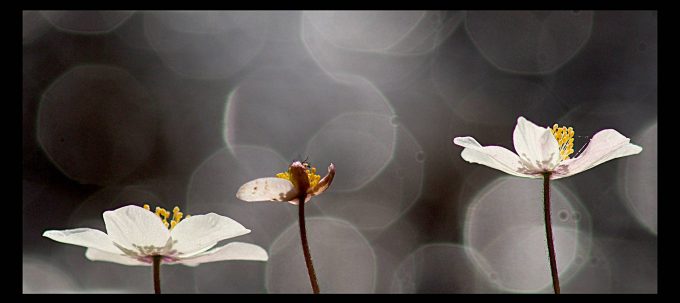
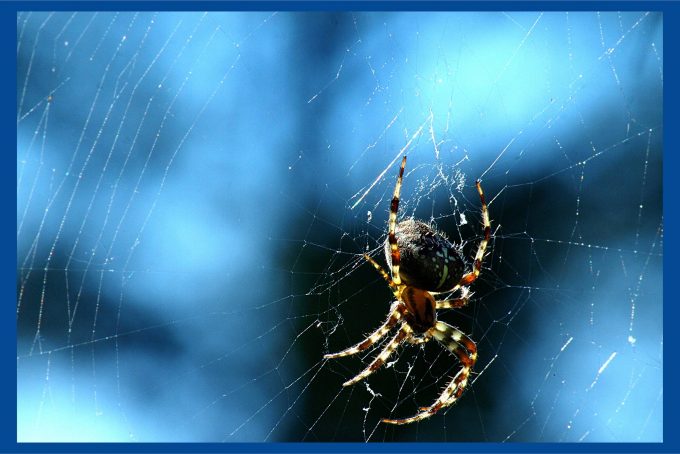
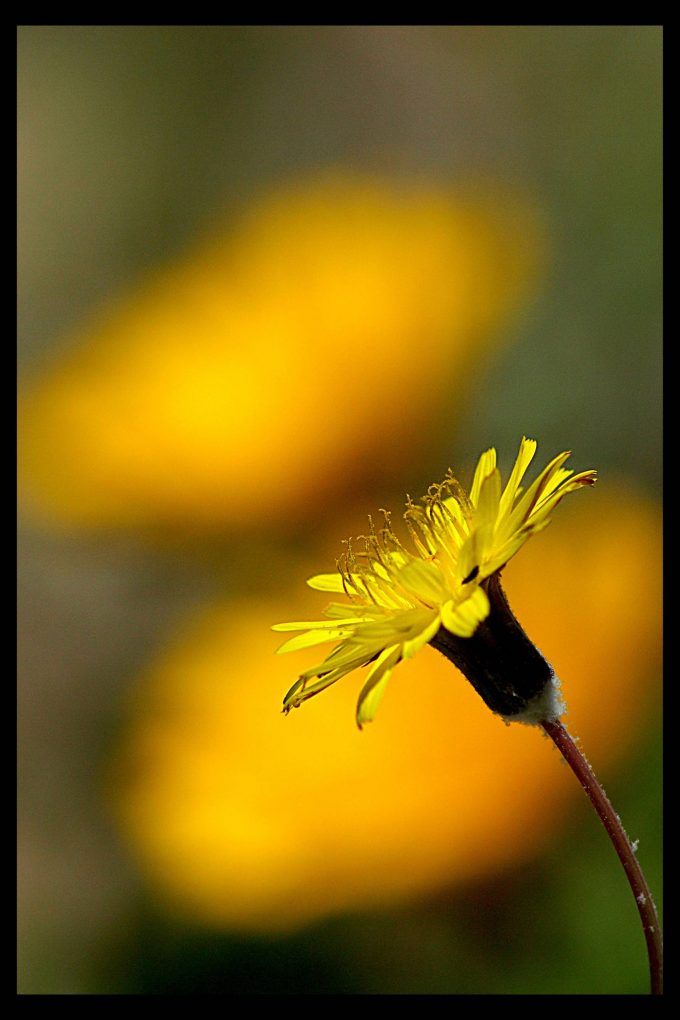
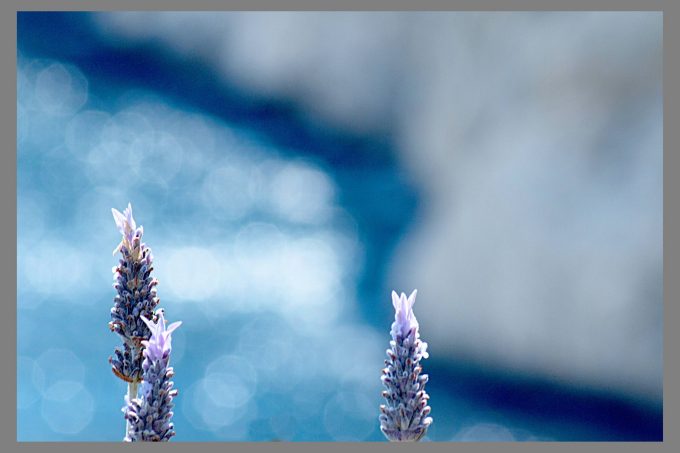
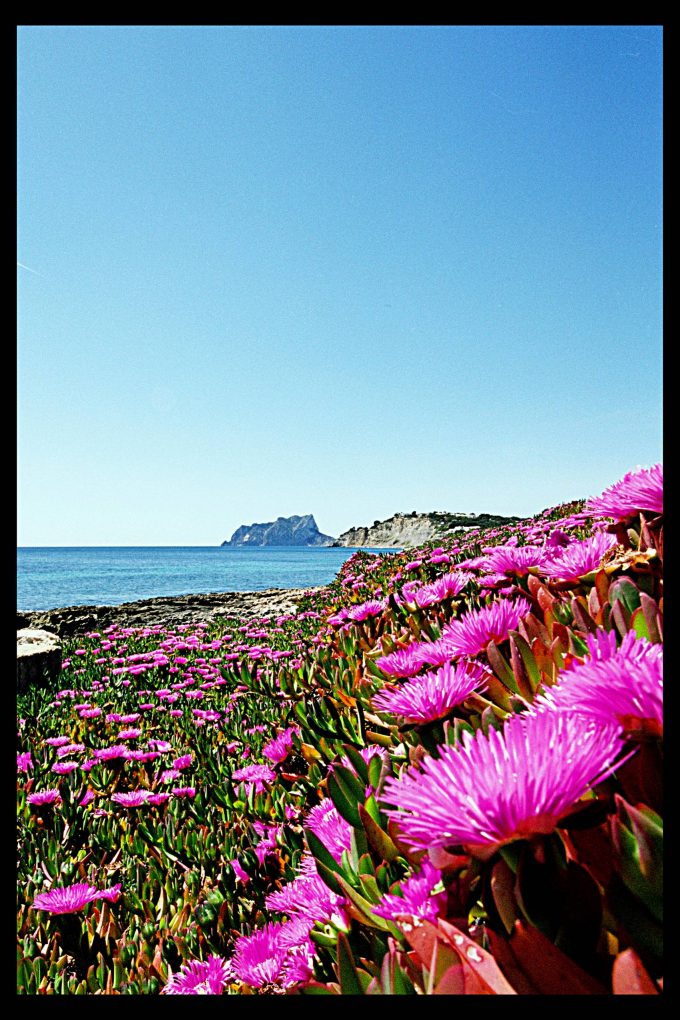
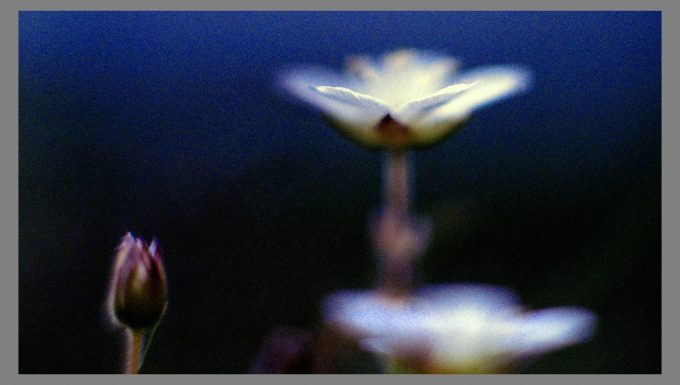
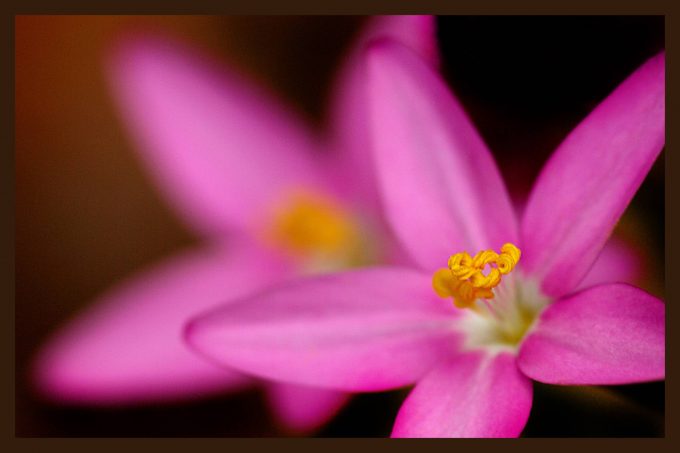
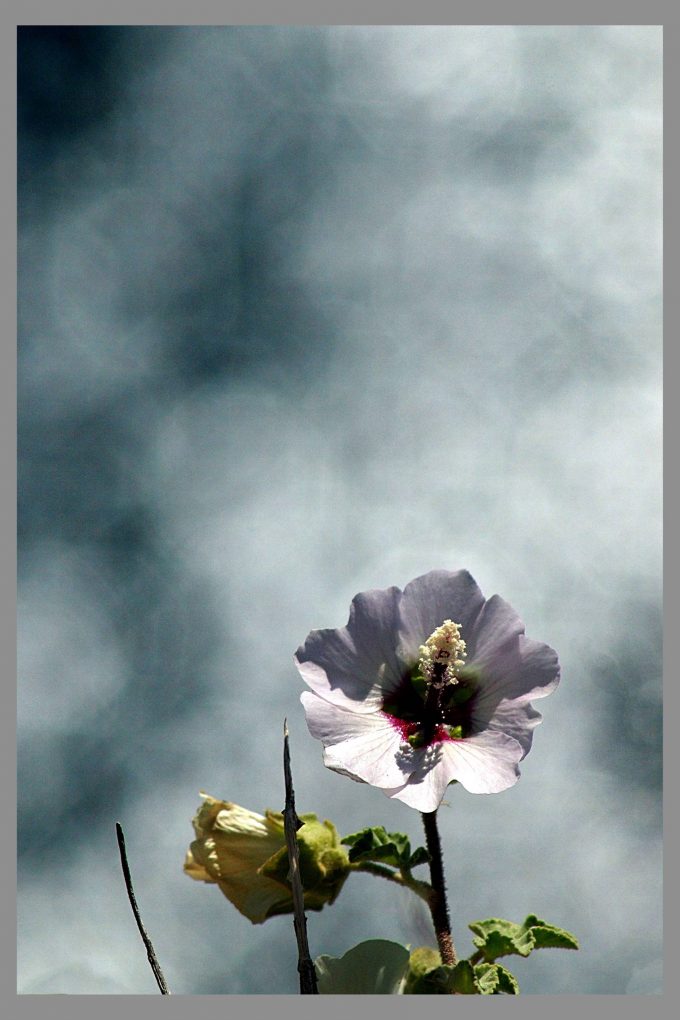
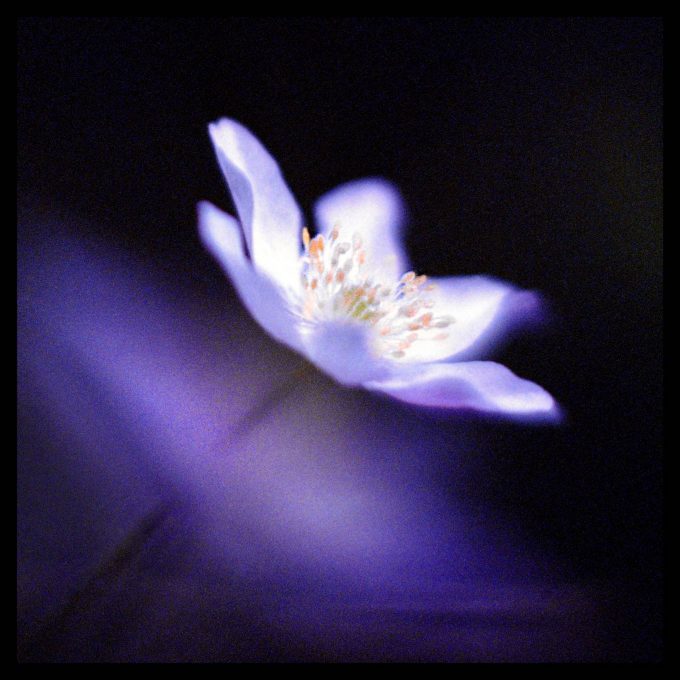
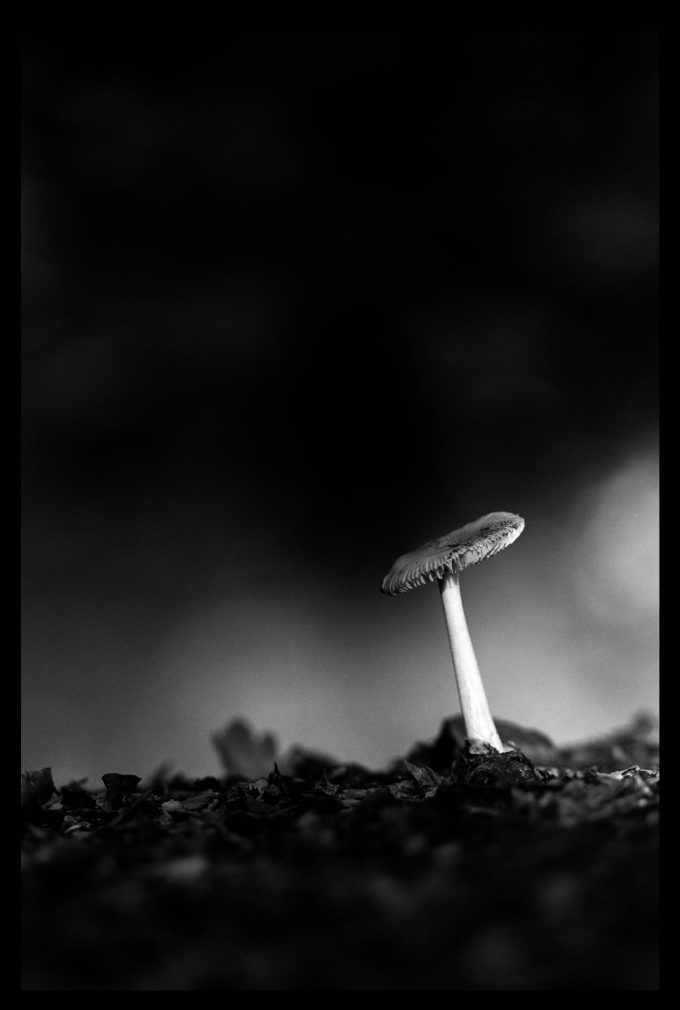

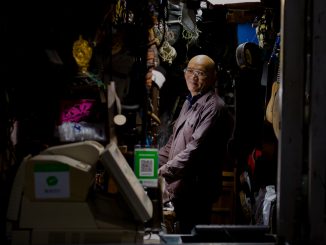
Great pictures!!! And a realy nice writing (in -sorry for that – terrible english 😉 ). But I love what you are explaining!
Does it also exist in GER?
thx a lot
Knap artikel Dirk !
Idd. concentreert men zich vaak teveel op het onderwerp zonder aan de achtergrond minimum evenveel aandacht te schenken.
Je foto’s zijn wondermooi !!
Masterpieces !!
Ivo
Thanks for the great writing and images. Yes, most of us think too much about gear, but I want to know, what 8-blade-diaphragm-lens you used in many of the pictures anyway 😉
Hi!
The lens I used was the Canon FD 200mm f/4 macro, usually at f/8.
Dirk.
Exceptional article! Thanks so much for sharing.
Really good inspirational article, Dirk. Yet, by your selection of pictures – all backgrounds are extremely blurred except one – you seem to suggest that negative space is per definition ‘blurred background’. It is not. First. Space is three dimensional, so foreground should be taken into account as well. Second, details in the negative space can add meaning/balance to the picture without be disturbing. The can even tell a story, and thus make a richer story.
[url=https://flic.kr/p/FQULLv]
Hi!
For consistency in images I only used macro shots, I don’t have macro without blurry background.
I do have shots where I use foreground as negative space, and where I use other elements to make composition complete. I ‘ve even got shots where I shoot right through other flowers in the foreground with a big lens wide open ( Canon FD 85mm f/1.2, Lens diameter 72mm), which gives real special negative space.
Your remark is very good, in a next version of the essay I ‘ll include other shots, showing more diversity in negative space, thanks!
Dirk.
Hi!
Something I’m not clear about:
I have this shot of a person sitting on a rock, contemplatively, with behind him, just a tiny bit unsharp, and balancing the composition, a big mountain.
the person is clearly my subject.
Is the mountain another subject or is it negative space?
I’d like to know more about this.
Thanks,
Dirk.
Hello Dirk,
Thanks a lot for sharing your experience and knowledge with us. I also believe that the gear-issue is just a fraction compared in the whole image-taking-processing-presenting process but it takes out a huge junk of your money.
Anyway, you got any homepage or flickr-account that I might follow to get some more inspirations? You images are really wonderful.
Cheers from Switzerland
Hi!
The only thing I have is a Zenfolio account with my photographs:
http://www.kridmod.zenfolio.com
Bye,
Dirk.
Great article!
Great article!
Thank you Dirk, this is excellent information in a superbly presented article. I think we’ll all be better photographers, myself included, by embracing your wisdom here. I particularly like your concluding paragraph!
Wonderful images, interesting read and oh so true!